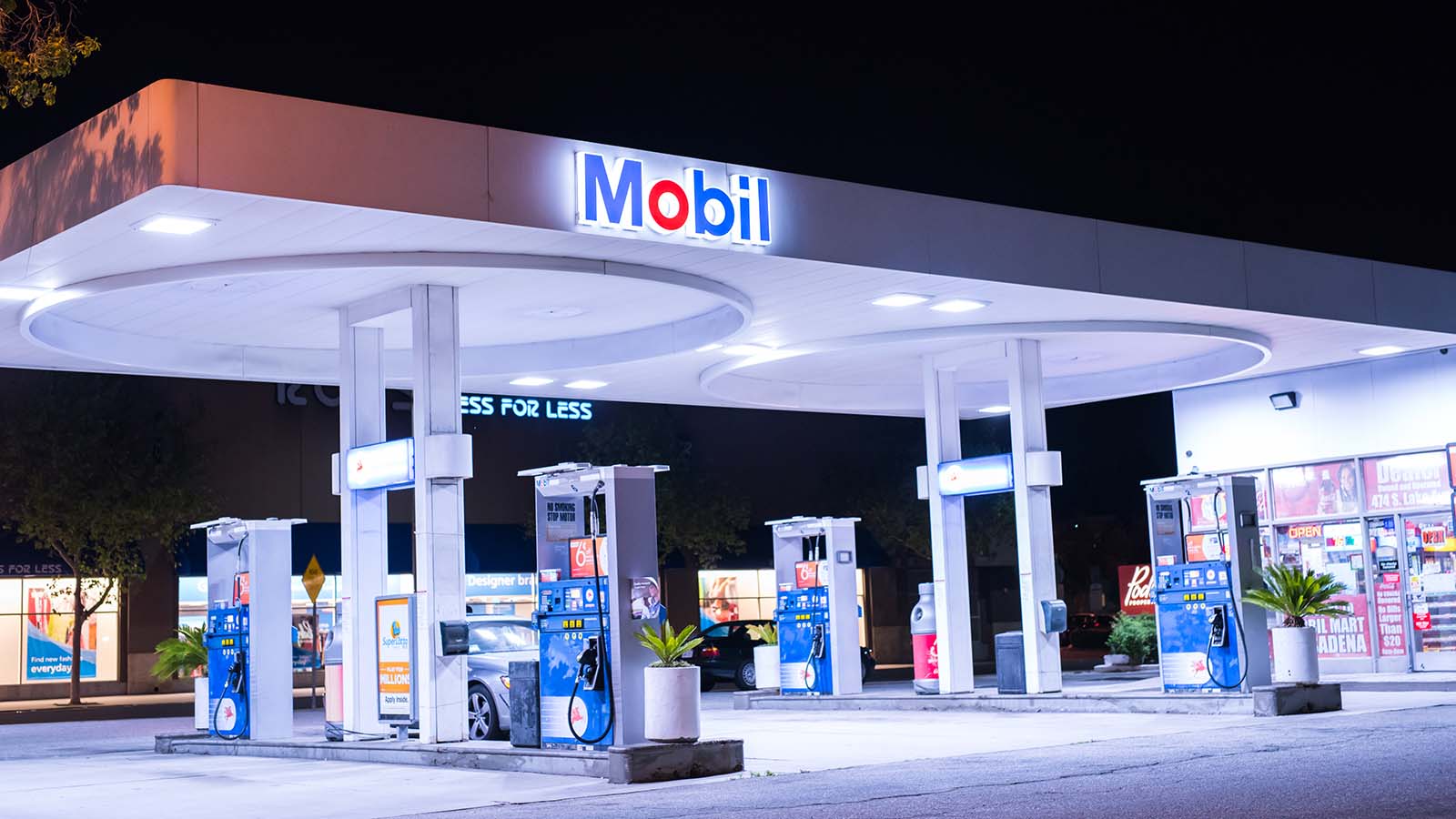Exxon Mobil (NYSE:XOM) declared another quarterly dividend even though it clearly cannot afford it. Exxon Mobil stock now has a very high dividend yield of 8.5%. It is inching higher as more believe that the company cannot sustain its dividend.

As I pointed out in my previous article, Exxon’s management has made a red-line commitment to maintain the annual $3.48 dividend per share. At the time, Exxon Mobil stock was at $42.50 and had an 8.2% dividend yield.
At today’s price of nearly $41, the stock’s yield is now 8.5% even though the company didn’t cut the dividend. That is wholly unexpected since one would assume that with the maintained dividend the stock would rally.
What The Dividend Costs
The market is scared that Exxon Mobil will eventually cut the dividend. But that is clearly not what the present management intends.
They are on track to cutting capex spending from $33 billion to $23 billion. They are cutting operating expenses by 15% and claim to be ahead of schedule in this. Moreover, next year they aim to cut capex by another $4 billion to $19 billion, according to Seeking Alpha.
But here is the problem. Cash flow from operations was zero, capex cost $4.4 billion and the dividend cost $3.715 billion. That represents a cash outflow of more than $8.1 billion and no positive cash inflow to cover these expenses.
But there isn’t enough cash to cover this. Exxon Mobil had just $2.8 billion before borrowing another $9.9 billion during the quarter to pay for the dividend and capex. In fact, it borrowed $almost $15 billion last quarter.
What Exxon Mobil Management Says
In a presentation, Exxon says it has three capital allocation priorities: invest in advantaged projects, maintain a strong balance sheet and provide a reliable and growing dividend.
Moreover, Exxon will “further reduce Opex and efficiently reduce Capex” in order to “maintain the dividend.”
In fact, on Aug. 4, Exxon told its employees that it would stop matching its employees’ 401(k) contributions starting in October. It did not say how much this would save.
Senior Vice President Neil Chapman said on a conference call about the dividend: “A large portion of our shareholder base has come to view that dividend as a source of stability in their income, and we take that very seriously.”
They see the dividend akin to a bond coupon payment. Cutting it would hurt shareholders’ income.
What The Market Thinks
Seeking Alpha wrote that this dividend commitment comes at a significant cost. It quoted RBC analyst Pavel Molchanov as saying that cash flow covers just 70% of the dividend and capex.
He expects debt to rise from 17% to 27% of total capital by the end of the year. They want to keep their “S&P Aristocrat status.”
For example, Marketwatch points out that Exxon Mobil has maintained its dividend for 37 years, and Chevron (NYSE:CVX) has paid its dividend almost as long. Dividend aristocrats are those companies with 25 years or longer continuous dividend track records.
What To Do With Exxon Mobil Stock
Exxon is serious about maintaining the dividend. It has now paid the same quarterly dividend for six quarters. That is unusual. The dividend usually rises after four quarters.
But the problem is the stock is still falling. If the yield rises over 10% that is a very strong signal that most analysts and people expect the dividend will be cut. And even if it doesn’t, the stock loss makes keeping the dividend moot.
If the company can cover the dividend with debt, the gain will eventually be for shareholders. I believe that is the most likely case here. Therefore, most investors in the stock should attempt to average cost as Exxon Mobil stock falls.
As of this writing, Mark Hake, CFA does not hold a position in any of the aforementioned securities. Mark Hake runs the Total Yield Value Guide which you can review here.
